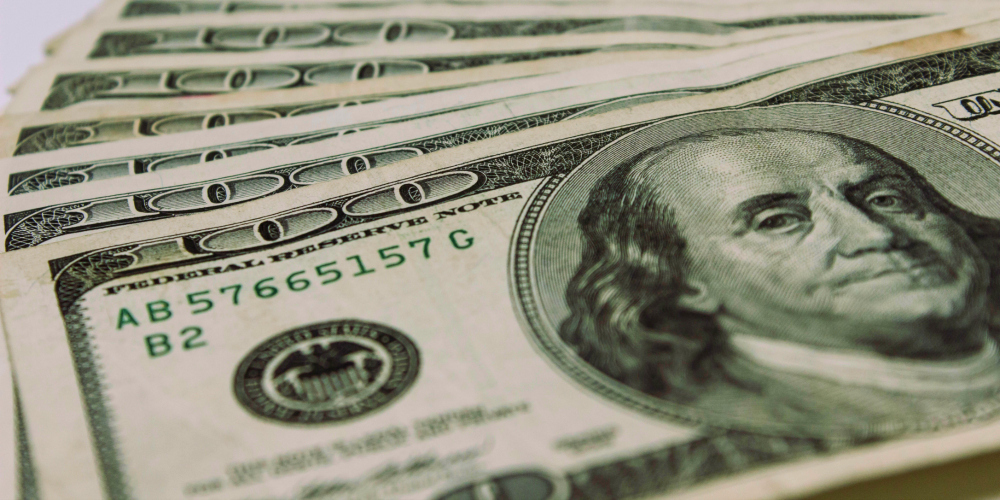
You don’t have to be a nerd
Every week my boyfriend finds me working in an Excel spreadsheet, inputting upcoming paycheck amounts and subtracting scheduled expenses for the weeks ahead. He thinks it’s nerdy but I love it because it gives me a sense of peace knowing when I have money coming in and when it’s going out. As you operate your business, cash flow determines how much of your funds you will have access to in a given period of time. The lower it is, the tighter your operations have to get until you receive a new stream of cash. Keep reading for tips on how to create your own corporate cash flow.
1. Project
First, realistically project your upcoming revenues. If you know you have an account that’s close to being signed, record what you think the deal will close at. But keep in mind, this isn’t the time to dream of pie in the sky – project a number that is readily achievable. If you estimate too high and don’t deliver, you will have less cash on hand to fund the initiatives you started based on your initial projection.
2. Business opportunities
Have funds in case an opportunity arises that you need to jump on. Sometimes deals materialize in places you weren’t even looking, so it’s important to have money set aside that can be accessed in these situations. You have to spend money to make money, and if all of your funds are locked up, you could get passed by for the next guy.
3. Calculate your expenses
Round up all of your regular expenses. You know that each month you’re going to spend a certain amount on rent, utilities, etc. Add these numbers together and categorize the payment as money that will automatically come out of your account each month. If there are one-time expenses due that month, add those in as well.
4. Due dates
And lastly, be mindful of client payment due dates as these directly determine the rate at which cash will flow throughout your business. If the majority of your customers pay in the middle of the month but the lion’s share of your bills is due on the first, you won’t have positive cash flow when you need it. Or if a customer wants to evaluate your product before they submit payment, you may not have enough of a cash flow to take care of other expenses that arise. Be mindful of these differences in payment dates as they affect how much cash you have in your account ready to use.
Now, create your plan
Once you have these numbers, you can create your plan. Write down the revenues you expect to come in and at what dates they will be usable. Next, subtract your regular expenses and note at what time intervals they will be coming out of your account. Once you have this difference, determine how much of it you want to set aside for business opportunities and improvements, and delegate it into a separate account. The money you have left over is the result of a well-organized cash flow that you can easily repeat over and over.
Destiny Bennett is a journalist who has earned double communications' degrees in Journalism and Public Relations, as well as a certification in Business from The University of Texas at Austin. She has written stories for AustinWoman Magazine as well as various University of Texas publications and enjoys the art of telling a story. Her interests include finance, technology, social media...and watching HGTV religiously.









































seals and gaskets
November 23, 2012 at 12:53 pm
Thanks for such nice tips Destiny, this post is full of knowledge and have every important factor. To create a plan you should be to involved in your project being nerd you can not enjoy your work and can not get best of you for business.